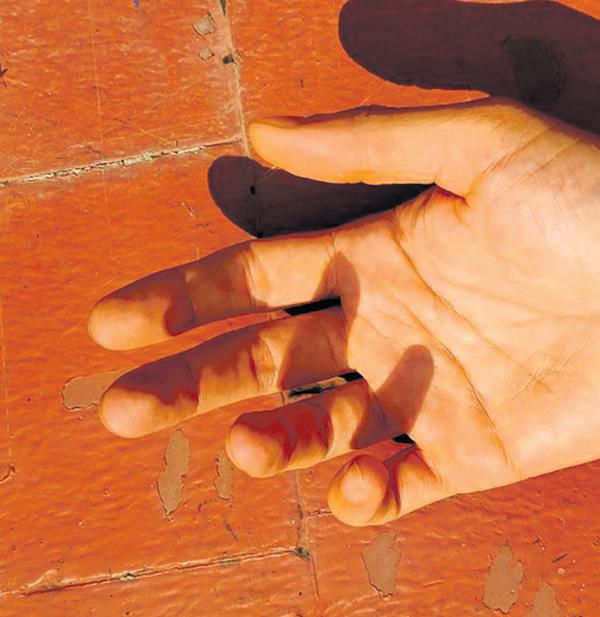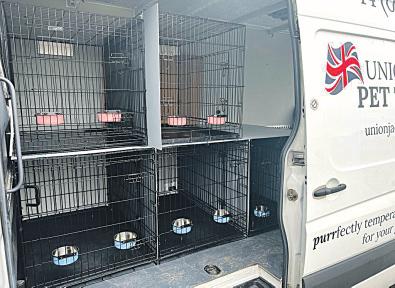
1 minute read
Keep your pets safe this summer
MOST people enjoy high summer temperatures, although care must be taken when temperatures soar. However, pets can suffer so much more, so it is essential to think about them and their wellbeing.
For that reason, the National Police posted a Twitter message for all pet owners to ensure animals do not get hurt. And the test they said only takes five seconds.

They advised: ‘For those of you who have pets, it is important you know this advice with high temperatures.
‘Put the back of your hand on the ground and if you can’t stand the heat for five seconds, your dog won’t be able to.’
The pads of a dog’s paws are very sensitive and susceptible to cuts, wounds, and burns. In addition, it is the part of the body where the dog perspires, so taking care is most important.

When walking your dog, look for a shady spot or grassy place instead. It may be safer to go for a gentle walk very early or late in the evening when the temperature has dropped.
Make sure you have a bottle of water and a bowl for them to drink from.
Also, heatstroke in a dog can be fatal. Signs include: Heavy panting, lethargy, confusion or loss of coordination, drooling or foaming at the mouth, vomiting or diarrhoea, shaking or weakness and seizures. toys that stimulate their minds. Puzzle toys can keep them mentally engaged and prevent cognitive decline.
If you think your dog has heatstroke, act fast: Move the dog to a cool area, use a wet towel or the breeze of a fan, allow the dog to drink small amounts of cool water and pour some over the dog’s feet, ears and head.
Never use ice or very cold water as this can cause shock.
Regular grooming will keep your dog’s coat clean and can even help them keep cool.
Monitor your pet for signs of discomfort, such as difficulty standing, climbing stairs, or reluctance to move. Maintain social interactions and engage in activities that your senior pet enjoys. Arrange playdates with other gentle pets, and visit petfriendly parks. Maintain a consistent routine to provide stability and reduce anxiety.
Spend quality time with your senior pet, giving them love, attention, and reassurance. Offer gentle grooming sessions, massages, or cuddle time to strengthen the bond between you. Ensure they have a quiet, comfortable space where they can retreat for relaxation and solitude.









